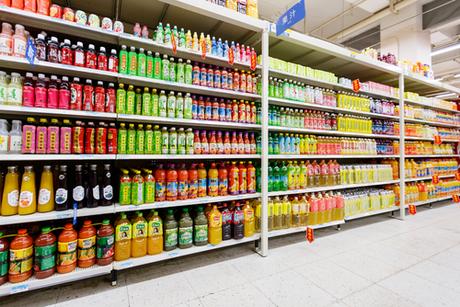
Every supply chain is subject to the vagaries of fickle consumer demand and seasonal ups and downs. But, when it comes to stocking store shelves and freezers, managing seasonality in the food supply chain is an even taller order.
Seasonality manifests itself as a challenge to the food & beverage supply chain from two key vantage points - the supply side and the demand side. On the supply side, food manufacturers wrestle with the ebbs and flows of the relatively short harvest season and supply variability caused by any number of things - fluctuations in crop yield, outright crop failures, weather impacts, spoilage and waste. On the demand side, food manufacturers must ramp up to meet surges in consumer demand, also driven by a host of factors - seasonal demand for particular foods, new product introductions or retail promotions.
The impact of this volatility is felt across the supply chain - from product packaging to storage and distribution. Managing it requires a resilient food & beverage supply chain that can absorb inventory when crops are harvested, respond when consumer demand rises and maintain a constant level of efficiency at all times.
Managing seasonality in the food & beverage supply chain also means focusing on four key areas:
- Inventory: determining how much product to store in raw, work-in-progress or finished form
- Capacity: making sure you have enough capacity to process, warehouse and transport food
- Trading partners: lining up the right resources in terms of contract manufacturers, co-packers, distribution & transportation providers
- Supply chain tools and processes: having tools and processes in place to assess and manage inventory, capacity, providers and communications
So how do you ensure that your supply chain can weather seasonal challenges? Consider these three steps to seasonal food & beverage supply chain success.
Increasingly, the key to unlocking supply chain efficiency is collaboration. Food manufacturers and grocery retailers all want to boost efficiency, cut costs and provide better customer service. Collaboration can be a game changer. It breaks down barriers and opens up opportunities to find money-saving synergies (e.g. filling empty miles on trucks, storing goods in shared facilities, or sharing mixing and consolidation centers) and make the most of seasonal consumer demand and special promotions. Working together, food manufacturers and grocery retailers can keep goods and materials flowing smoothly through the supply chain.
When it comes to the food supply chain, the only place silos make sense is on farms. If you're a food manufacturer, encourage your manufacturing operations and logistics departments to break down interdepartmental boundaries and work together to manage seasonal peaks. This might mean finding extra capacity to store overflow in warehouses, expanding transportation capacity or integrating packaging into distribution and mixing centers to postpone packaging until the last possible moment.
More and more, food manufacturers are looking to co-packers and logistics packers for synergies - whether it's co-locating distribution and packaging operations in one facility to minimize transportation and distribution costs or designing networks that are flexible, cost-effective and strategically located.
To ensure that the right products arrive at store shelves at the right time, make sure internal and external stakeholders all have visibility to the same information. When communication channels are open, information flows smoothly through the supply chain - and products do too.

